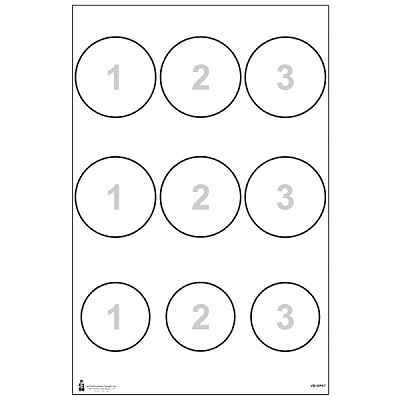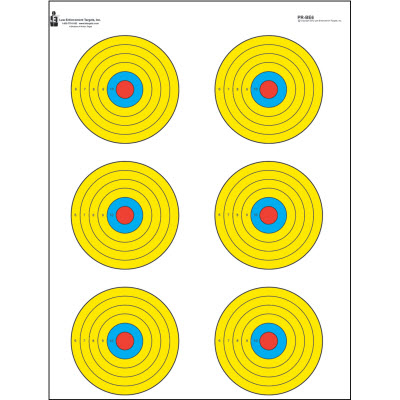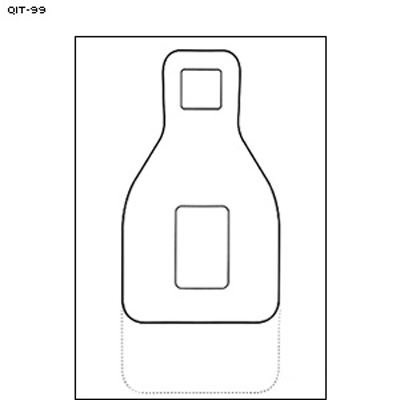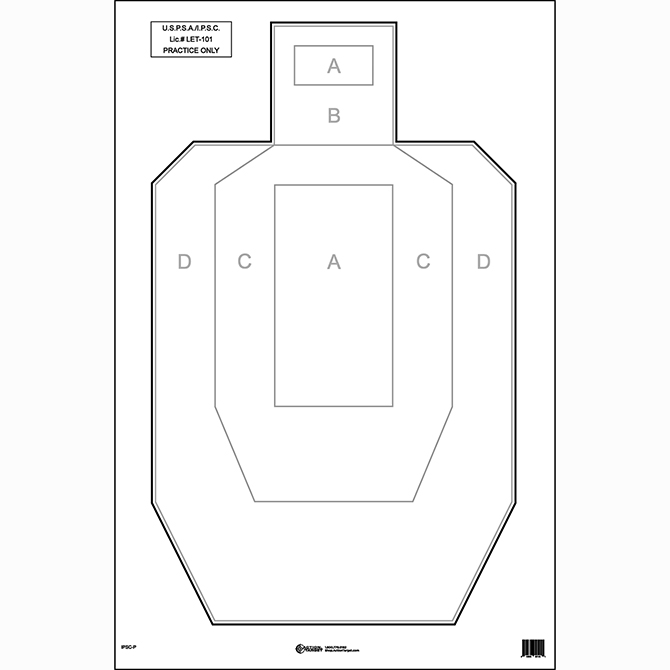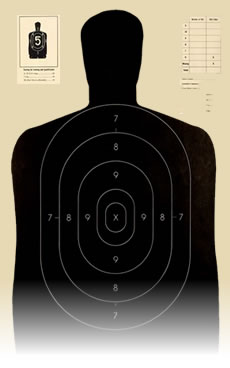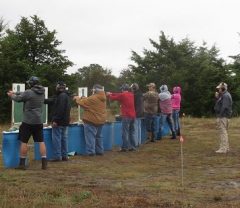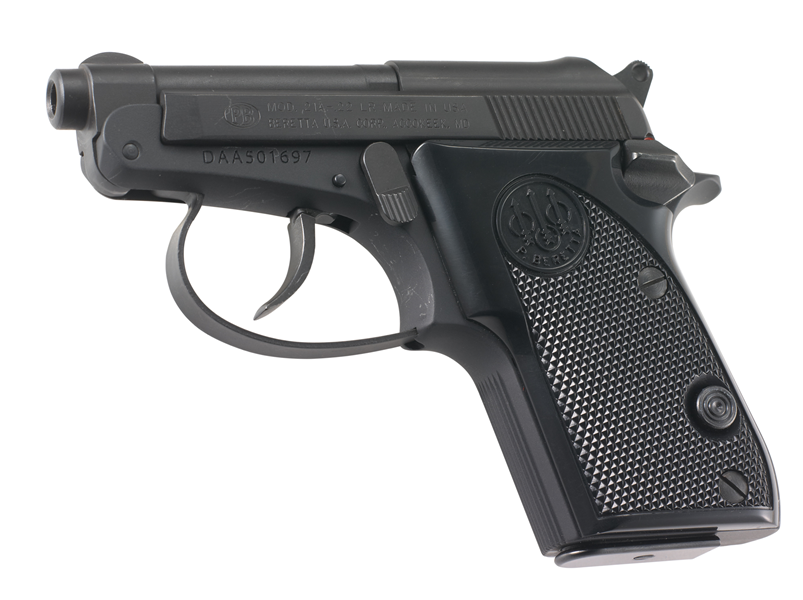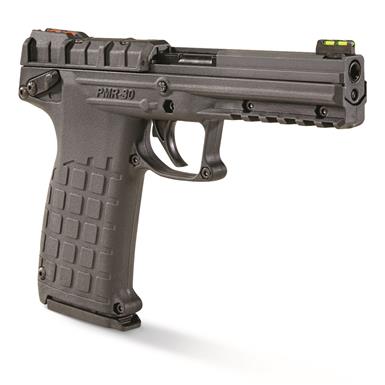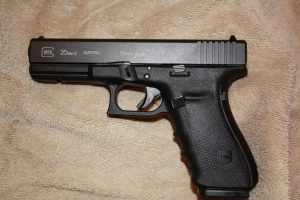Ah, the ubiquitous .380! They seem to be everywhere. The firearms industry is seeing enormous growth with this little pocket gun. That growth is driven, in large part, by the ever-increasing numbers of people, especially women, getting a Concealed Carry license, and wanting a small, light, easy-to-conceal firearm for personal protection. But is the .380 really a good choice?
In the 1950s, most police in Europe carried sidearms chambered in either .32 Cal (AKA 7.65 Browning) or its big brother, the .380 ACP (AKA 9mm Short, 9mm Browning, and others). As the name implies, the .380 was a scaled-down 9mm. The diameter of the bullet is the same, but the cartridge is shorter, which means less gunpowder, less muzzle velocity, and less energy transfer to the target. Police would not consider carrying a gun like this today, but 60 years ago, men weighed 160 lbs, and were seldom in the psychotic condition caused by today’s drugs.
Fast forward to today. Clearly the .380 will cause fatal wounds, as they are often carried by street criminals and drug dealers. There is considerable debate about whether the .380 will stop someone quickly enough, but good shot placement will mitigate that. A bigger question is whether someone who is not an expert can handle one of these well enough to protect themselves in a crisis? Both handling and accuracy are issues with smaller guns.
Handguns are built in various sizes, or form factors, often described by names like Duty, Compact, or Subcompact (Micro). Sizing is usually relative to the caliber, but you can find exceptions. Most people understand that a Micro .45 will require strength and experience to handle, while a Duty-sized .380 doesn’t make much sense. Nevertheless, most people who carry a .380 do so either because they are pocket-sized, they should have less recoil, or both. But do they have less recoil?
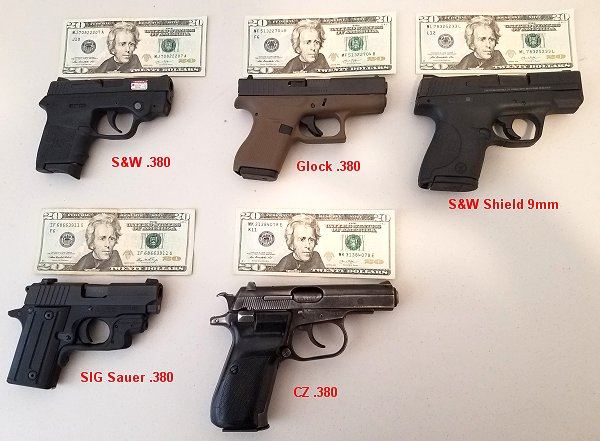
Larger/heavier guns exhibit less felt recoil than smaller/lighter guns. In the image above, all the guns on the top row have polymer frames, while the two on the bottom are all steel. The S&W .380 and the SIG are similar in size, and the same caliber, but the SIG, being heavier, will appear to be softer shooting. The Glock and the S&W Shield are similar in size, and both polymer, but the Shield is 9mm, so it will seem to have more recoil. The Glock and the CZ have the greatest disparity; the CZ has an advantage in both size and weight, and the Glock, for reasons known only to Glock, will only shoot reliably the lightest of bullets, which minimizes stopping power.
The easiest of these five to conceal are the S&W .380 and the SIG. The easiest to control are probably the Glock and the CZ. The most stopping power is the Shield. The fact is, there is an inescapable trade-off between concealability and usability, based simply on physics.
There is yet another factor to consider here. The cycling action in a semi-automatic is driven by the rearward force of the cartridge firing. In a .45, this force is so powerful that hardly anything can stop it, but with a .380, the performance margins are much thinner. Depending on the make, these guns will sometimes be susceptible to variables like bullet profile, bullet weight, good grip, or lubrication. “Limp-wristing” malfunctions are not uncommon, and sometimes hard to avoid, based on the size of the grip.
Users often think that a smaller gun is just like a larger gun, except smaller, and that is a huge over-simplification. Many experienced shooters consider the .380 to be not a serious gun.
This should not be taken to suggest that a .380 is not reliable, but rather to suggest that a user should opt for the largest gun they can conceal (which is not always important, anyway), or the smallest gun with which they will actually practice. Several companies make a small 9mm which is almost as small as a medium-sized .380, so in that case, there is no benefit to using the .380, unless you absolutely have to have a gun you can fit into a shirt pocket.
If it is small size and high reliability you seek, don’t overlook the 5-shot .38 revolver (I prefer those with a hammer). The learning curve is a little longer, but they are very safe to carry, as powerful as a 9mm, and, if you pay close attention when loading, they are off the charts in reliability. While it is true they only carry 5 rounds, most pocket .380s only carry 6-7. If you are going to be limited to 5-6 shots, they should be as hard-hitting as possible, in order to disable the threat. The revolver also eliminates the grip-strength problem faced by many women.
When choosing a handgun for personal protection, don’t go overboard making it easy on yourself.
